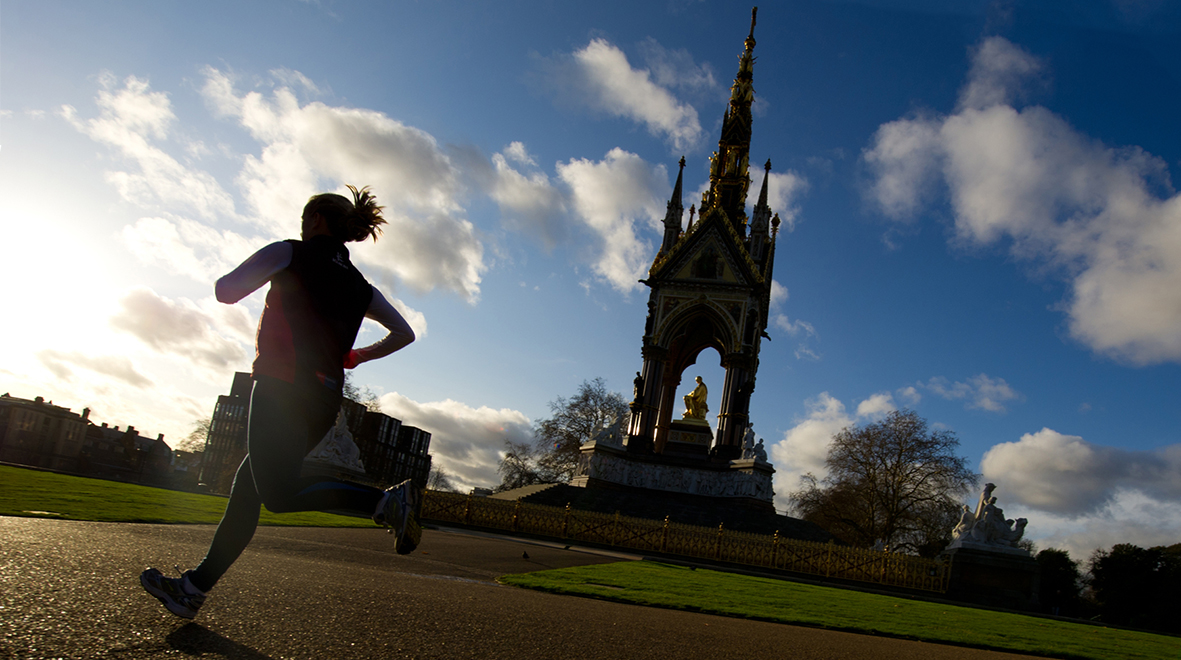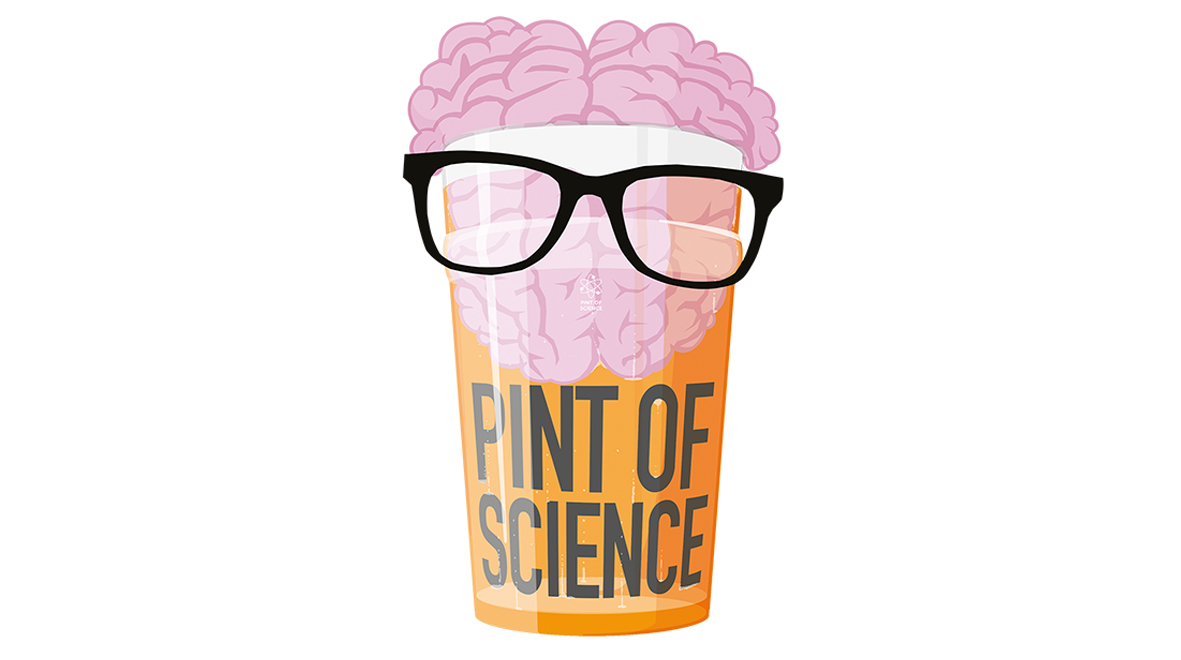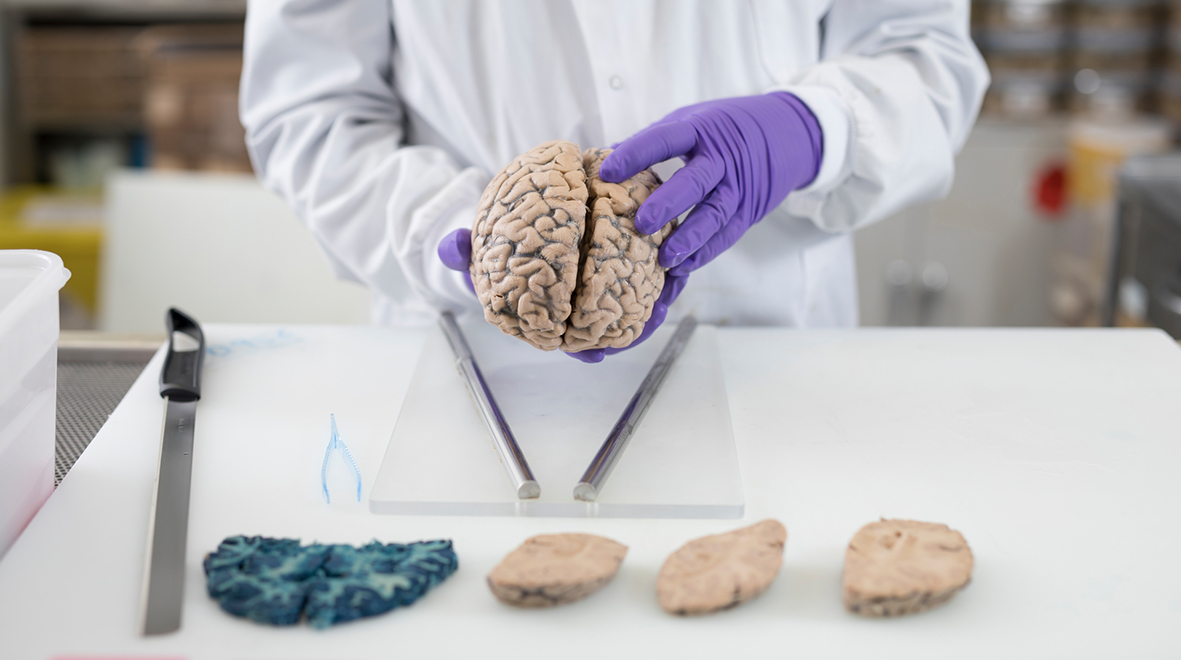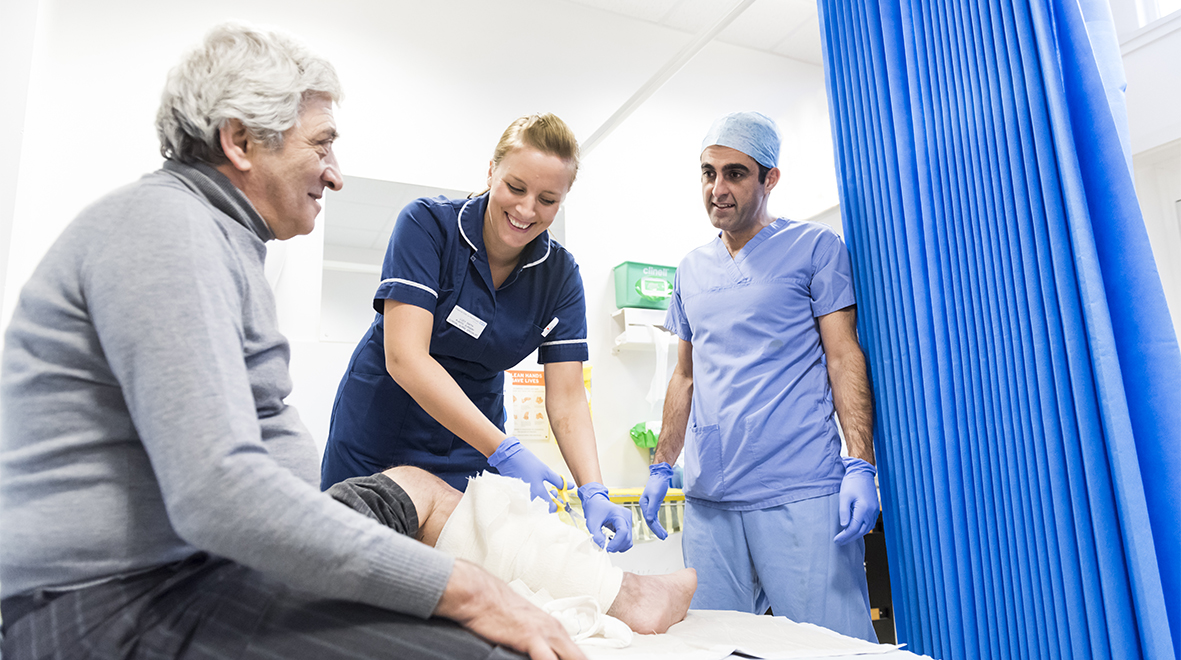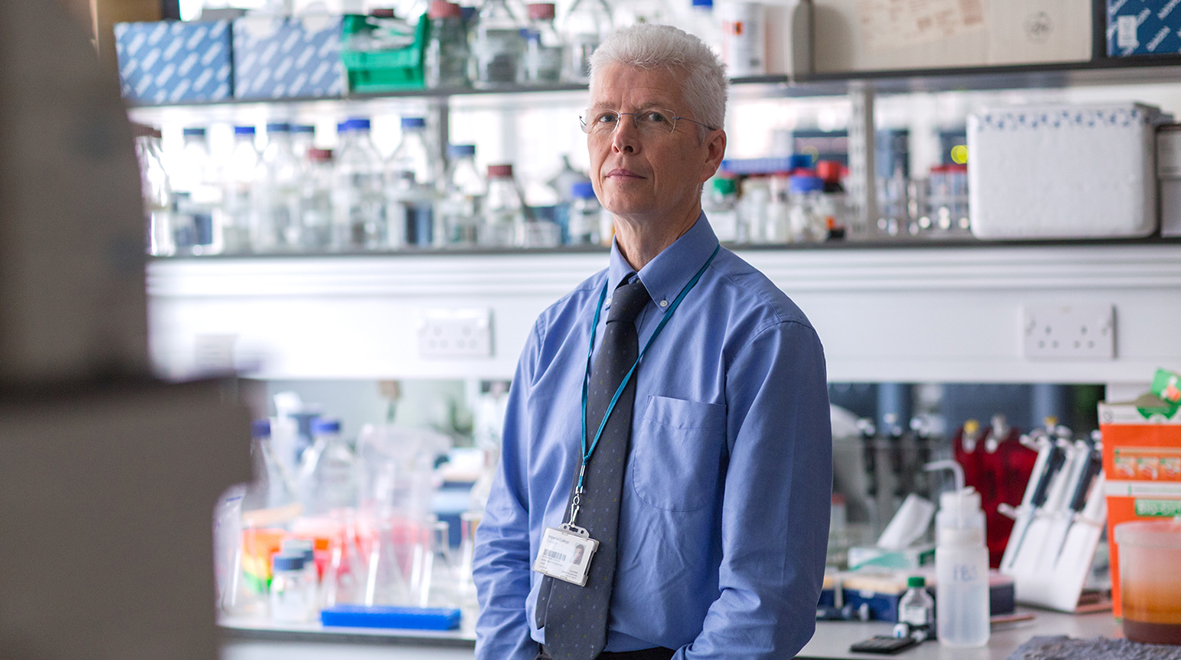
As the human T-cell leukaemia virus is discussed on the world stage, Professor Graham Taylor addresses the misconceptions surrounding HTLV-1.
Based on the number of articles published in mainstream media, and the number of interview requests I have received in the last week, it seems that everyone wants to know about HTLV-1, the human T-cell leukaemia virus, after 30 years of turning a blind eye. Why the sudden interest in a virus that few outside my field of human retrovirology have heard of? (more…)

 In this guest post, Emily Ashworth shares her career path, from graduating with a nursing degree to pursuing a PhD in blast injury.
In this guest post, Emily Ashworth shares her career path, from graduating with a nursing degree to pursuing a PhD in blast injury. 
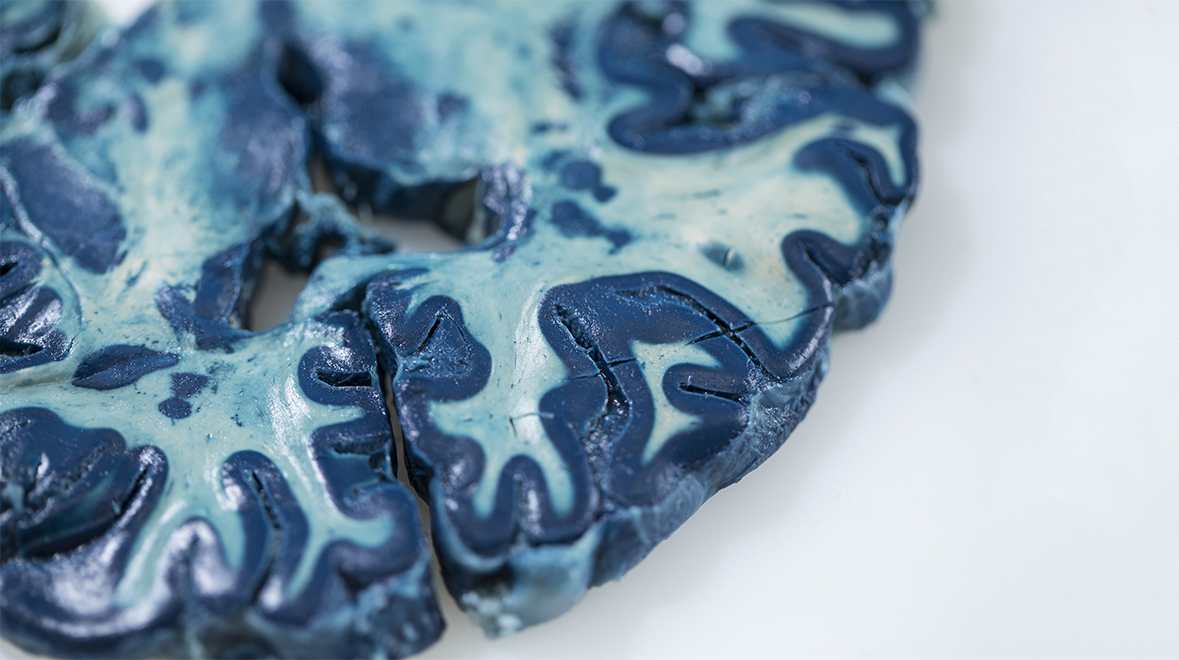
 As the Imperial Network for Vaccine Research launches, Dr Chris Chiu tells us why he’s in pursuit of a collaborative approach for developing new vaccines.
As the Imperial Network for Vaccine Research launches, Dr Chris Chiu tells us why he’s in pursuit of a collaborative approach for developing new vaccines. 